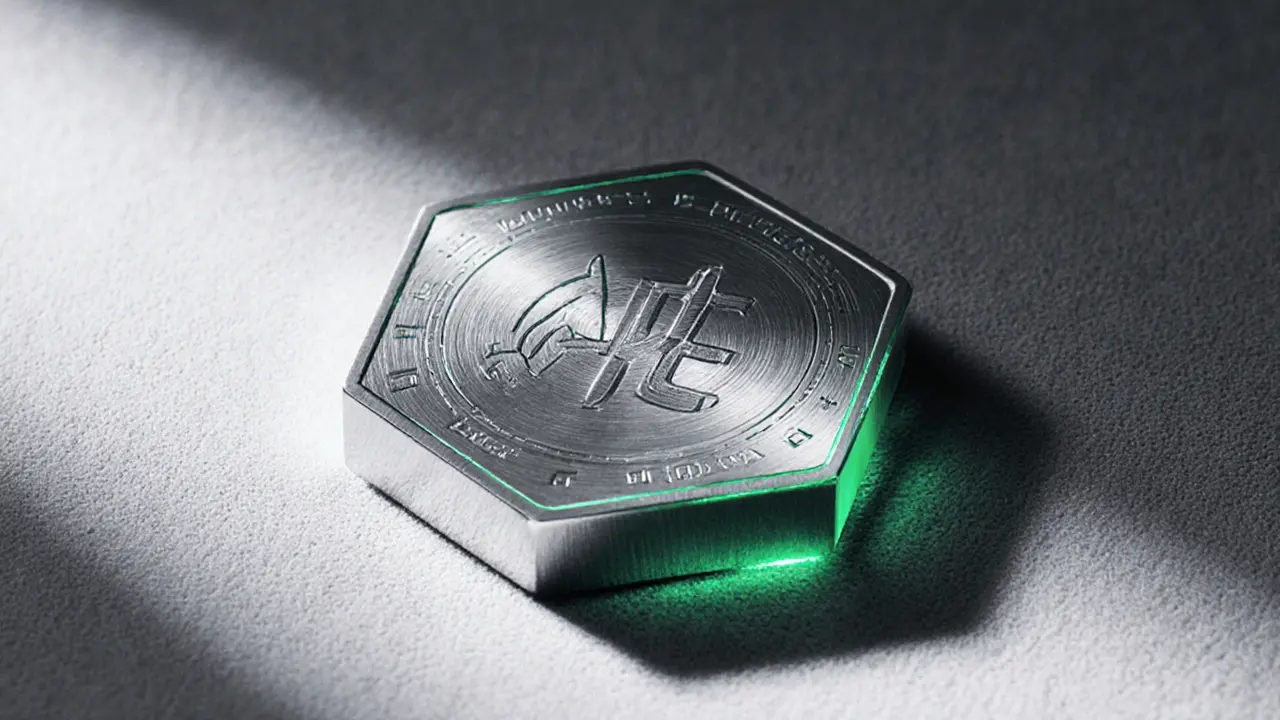How to Claim Airdrops: Guides, Eligibility, and Safety Tips
When working with claim airdrop, the act of receiving free crypto tokens that a project distributes to its community. Also known as airdrop claim, it usually requires meeting specific eligibility rules and using a compatible wallet. An airdrop, a promotional token giveaway is linked to a crypto token, the digital asset being handed out. The eligibility criteria, the set of conditions a user must satisfy can include holding a certain token, completing KYC, or joining a community channel. Finally, a wallet address, the public identifier where tokens are sent must be whitelisted before the distribution.
Key Steps to Successfully Claim an Airdrop
First, identify a legitimate airdrop. Look for official announcements on the project’s website, reputable forums, or verified social media accounts. Once you’ve found one, double‑check the eligibility list. Does the airdrop require you to hold a specific token? Is there a snapshot date you need to meet? Write those details down – missing a snapshot can cost you the reward. Next, set up a supported wallet. Most airdrops work with MetaMask, Trust Wallet, or a hardware wallet that can hold the target token. Import your wallet, enable the right network (Ethereum, BSC, Polygon, etc.), and copy the public address. Make sure the address you provide matches the one you’ll use to receive the tokens; a typo can send the airdrop into the void. After the wallet is ready, follow the claim instructions step by step. Some projects use a simple “click‑to‑claim” button on their site, while others require you to sign a transaction with your private key. In the latter case, always verify the gas fee and ensure the contract address is correct – scammers often embed malicious contracts that steal your funds. Once you submit the claim, keep an eye on the blockchain explorer for the transaction hash. A successful claim will show a status of “Success” and the token balance will appear in your wallet shortly after. If the transaction fails, check the error message; it might be a gas issue, a wrong network, or an unmet eligibility condition. Risk management is the final piece of the puzzle. Not every airdrop is worth the effort. Some projects disappear after the giveaway, leaving you with an untradeable token. Look at the team’s background, the token’s market cap, and the community’s activity before you invest time. If airdrop participation requires sharing personal data beyond a public wallet address, treat it with caution – phishing attacks often masquerade as free token offers. By staying disciplined, you can protect your assets while still enjoying the upside of free token distributions. Now that you understand the core concepts, the typical eligibility rules, and the safest way to set up your wallet, you’re ready to explore the specific guides below. Each article walks you through a real‑world airdrop scenario, from claim mechanics to post‑claim handling, so you can put the knowledge into practice right away.
CryptoTycoon (CTT) Airdrop Guide: Details, Claims & Safety Tips
Discover what the CryptoTycoon (CTT) airdrop is, how to verify claims, claim steps, safety tips, and compare it to similar token drops.
VIEW MORE
